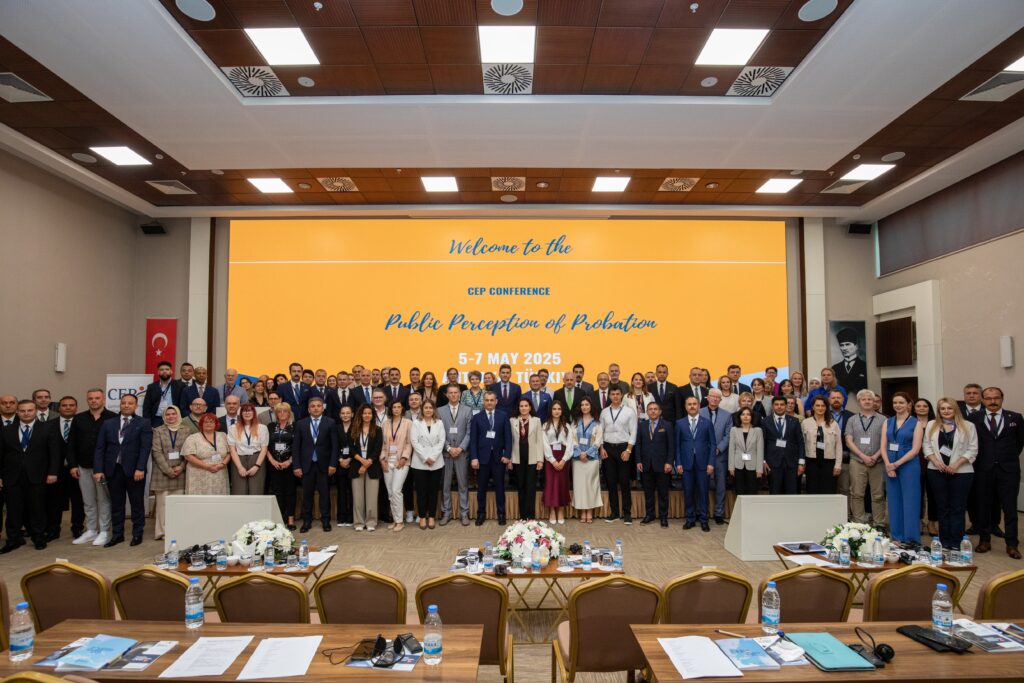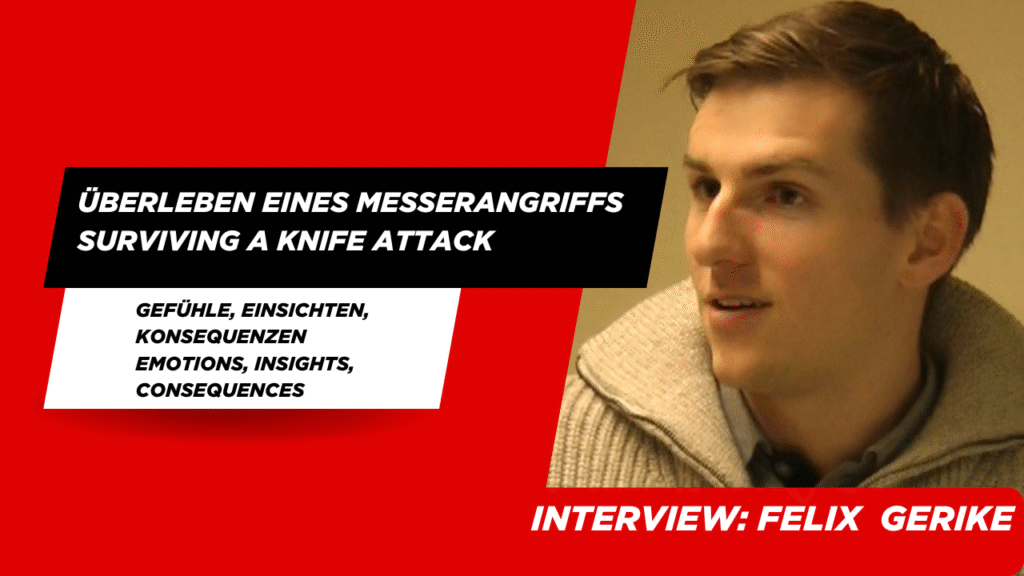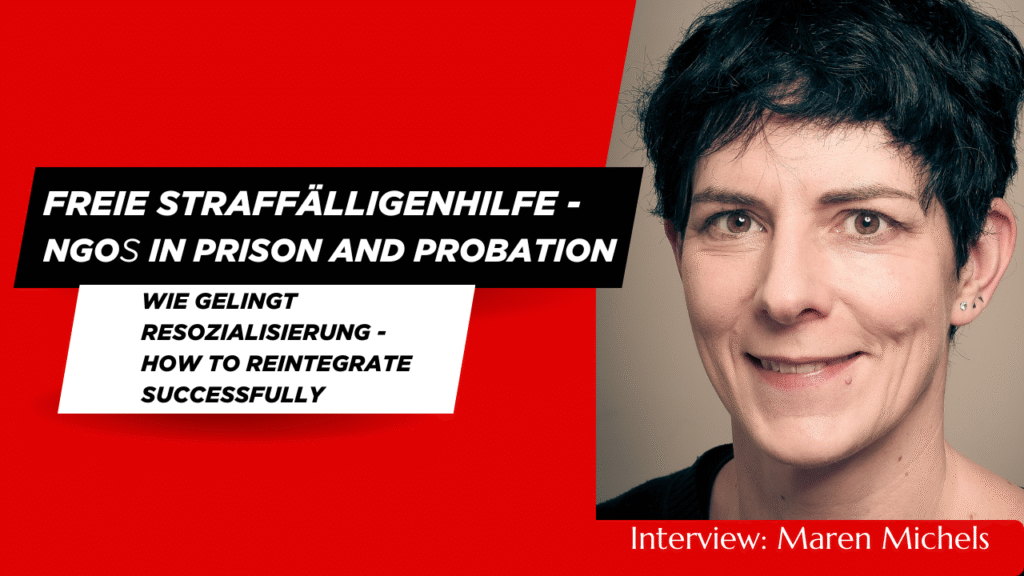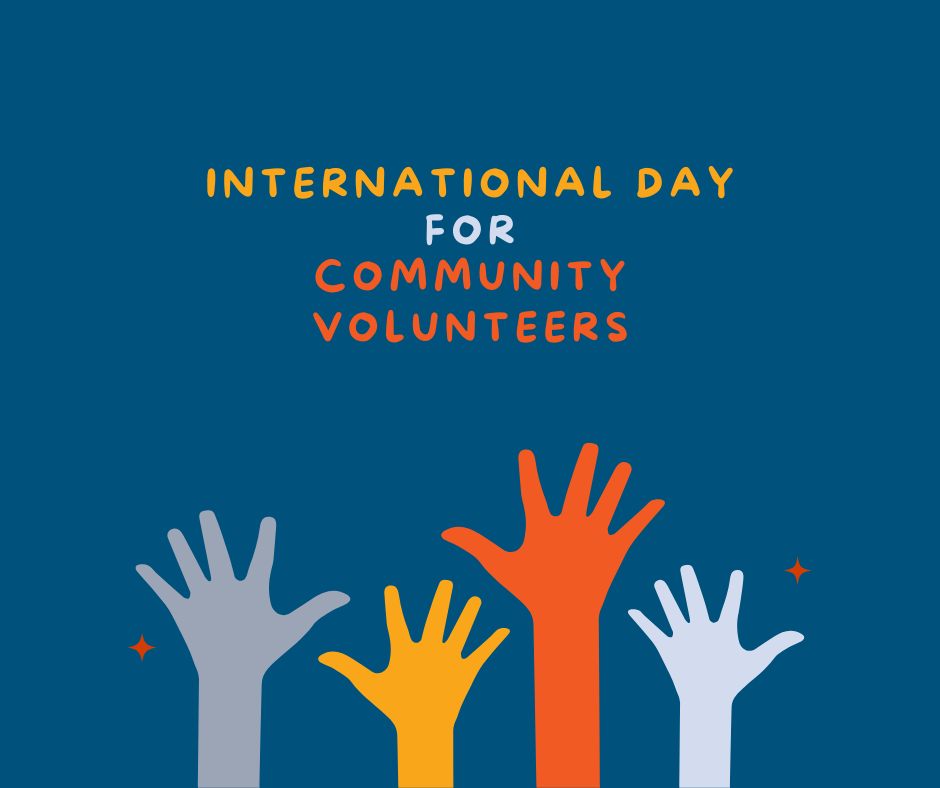Previous Article
News
The five stages of prisoner reentry
Ioan Durnescu, former CEP Board Member and professor and researcher at the Bucharest University, wrote a paper on the five stages of reentry that prisoners go through after they get released from prison. The research was done on 58 former prisoners from the Jilava prison in Bucharest.
A paper by Ioan Durnescu

With his paper ‘The five stages of prisoner reentry’ Mr. Durnescu wanted to find out if former prisoners develop a strategy for their reintegration into the society after they are released. He also wanted to see if there was a difference between people that reoffend and those who don’t. “We know from the literature that there is a shock when someone is imprisoned, but there is a shock after the release as well. We wanted to see how they negotiate with it and if they develop some kind of tactic or strategy”, said Mr. Durnescu. While doing research he wanted to find out if there was a difference between Romanian and Roma ex-prisoners as well.
Roma or Romanian
In the third and fourth stage named in the paper the former prisoners start looking for work. That is the moment Mr. Durnescu found a surprising and significant difference between the Roma and Romanian people: “We discovered that Roma people can mobilize a wider community and family network. They aren’t rejected by their own family and community. This happens to Romanians more often. We have noticed that Roma people tend to be a little bit more entrepreneurial than Romanians. They create jobs or involve themselves in informal economies, while Romanians kept on searching for existing jobs. That was quite a surprise for us. It looked like the traditional crafts the Roma have, helped them to be a little bit more entrepreneurial and take more initiative.”
Further research
Although the research is done on people from Jilava prison in Bucharest, Mr. Durnescu thinks the outcome of his research could be used by probation practitioners in other countries as well: “Of course it needs to be tested. I have some discussions with ex-prisoners going on in Ireland for example. Some of them with a Roma or traveler background.” They confirm what Durnescu has written in his paper. “They say what we found is what they do and that these are the differences between them and the dominant population that is released from prison.”
Mr. Durnescu would love to do more research in other countries on this subject. “I would want to include people with a travelling background and women as well. We are in discussion with colleagues in Ireland right now, but we need to find a way to fund it. That is a matter of time.”
Use by practitioners
Mr. Durnescu is curious to see if probation practitioners will use the results of his research in their daily work: “I’d like to hear if they think it is useful and get their feedback.”
The paper ‘The five stages of prisoner reentry’ by Ioan Durnescu can be found here:

Related News
Keep up to date with the latest developments, stories, and updates on probation from across Europe and beyond. Find relevant news and insights shaping the field today.
Recap

CEP Events, Communication and Awareness-Raising
Recap: Conference on Public Perception of Probation
06/05/2025
From 6 to 7 May, the CEP Conference on the Public Perception of Probation in Europe took place in Antalya, Türkiye, bringing together over 100 participants from more than 20 countries. The event offered space for open discussion, exchange of experiences, and practical ideas on how probation is seen and supported across Europe.
New

Probation in Europe
New Interview Online with Felix Gerike, a survivor of a knife attack
01/05/2025
What do victims of violent crime need to recover—and what can be done to prevent such attacks?
In the latest episode of Division_Y, Jo Tein, CEP board member, speaks with Felix Gerike, a survivor of the 2023 Brokstedt knife attack in Germany. Felix played a crucial role in disarming the attacker, helping to prevent further harm. He shares his personal experience, reflections on victim support, and his views on justice and policy responses to violent crime.
Probation in Europe
New Executive Summaries for the report on Building Probation Capacity in Spanish and Italian
01/05/2025
Updated

CEP Board, Probation in Europe
New Interview Online: Maren Michels – The Role of NGOs in Probation
22/04/2025
In the newest Division_Y interview, Maren Michels, director of the Hamburg Welfare Association, shares her experiences and reflects on the vital role that NGOs play in supporting people during and after incarceration.
New

CEP Events
Want to Win a CEP Award? See How Finland Did It – Apply for 2025!
22/04/2025
We’re excited to share an exclusive interview with the winners of the Development of National Probation Services Award from the CEP Awards 2022:
The Prison and Probation Service of Finland.
New

Volunteers
International Day for Community Volunteers
17/04/2025
17 April – International Day for Community Volunteers!
Today, we celebrate the inaugural International Day for Community Volunteers Supporting Offender Reintegration—a day dedicated to acknowledging the vital contributions of volunteers who assist individuals in their journey back into society.
This initiative was launched during the 2nd World Congress for Community Volunteers, held alongside the 6th World Congress on Parole and Probation in The Hague (16–18 April 2024).
At CEP, we’re proud to support the official Declaration on the International Day for Community Volunteers. We’re also actively involved in the CoPPer project—a European initiative aimed at promoting community participation in probation services. CoPPer focuses on training volunteers to support individuals under supervision, helping them access education, employment, and community connections.
A heartfelt thank you to all the community volunteers out there—your dedication makes a real difference.
Subscribe to our bi-monthly email newsletter!
"*" indicates required fields
- Keep up to date with important probation developments and insights.

